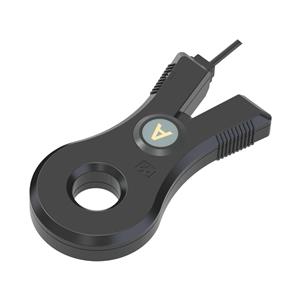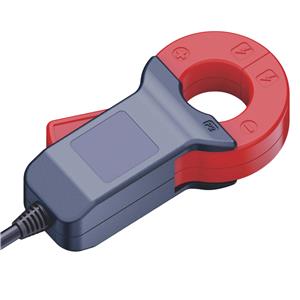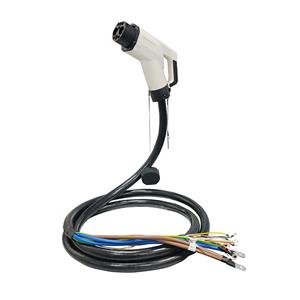Industry News
-
0507-2025
Revolutionizing Power Systems Through High-Frequency Magnetics Innovation
Wide-Bandgap Semiconductor Synergy Gallium Nitride (GaN) and Silicon Carbide (SiC) adoption enables: Switching frequencies >1 MHz (vs. traditional 50-100kHz) 20% power density increase in OSWELL's horizontal type transformers Loss reduction from 3.2W to 1.1W @ 500kHz operation
-
0507-2025
Supply Chain Excellence in Power Magnetics
As global demand for switching power solutions surges, the TF-EP13C-5526 addresses both technical and logistical challenges. This CHINA-manufactured High Frequency Transformer combines cutting-edge performance with unmatched supply chain reliability for industrial buyers.
-
3006-2025
EMC Filter Selection Strategies for Global Supply Chains
In an era of component shortages, this RoHS Filter delivers technical excellence while solving procurement challenges through drop-in compatibility and logistical flexibility.
-
3006-2025
CSPV-LAH: Precision Current Sensing Through Closed-Loop Hall Technology
The CSPV-LAH Closed Loop Hall Transducer sets a new benchmark in high-accuracy current measurement for industrial applications. Leveraging magnetoelectric effect sensing, this device measures DC, AC, pulse, and complex irregular waveforms with ≤0.1% linearity while maintaining electrical isolation – critical for safety and signal integrity.
-
2705-2025
Next-Gen TF-EE Transformers Enable 30% Smaller Medical Imaging Systems
The TFEE19-2003-2.3 high-frequency transformer is revolutionizing medical equipment with its unique 12.5:1 turns ratio and 2.3µH leakage inductance. In Shanghai's United Imaging Healthcare MRI prototypes, these components reduced cryocooler power supply sizes by 30% while maintaining 0.02% current regulation accuracy.
-
1705-2025
Breakthrough in High-Frequency Miniature Transformers Redefines Power Electronics
September 6, 2022, marked a paradigm shift as three revolutionary high-frequency miniature transformers (TF-EE16-64056, TF-EE19-2002-12.5, TFEE19-2003-2.3) debuted with standardized 800×800mm dimensions. Engineered for 100kHz-2MHz operating ranges, these transformers reduce core losses by 62% compared to conventional models, enabling 95% energy conversion efficiency even at 125°C ambient temperatures.
-
1705-2025
Next-Gen Magnetic Latching Relays Revolutionize Power Grid Management
The SH1618-120-12DT2 and SH615-60-12DT2 magnetic latching relays are setting new benchmarks in energy infrastructure. These bistable relays require zero holding power - a critical feature enabling 15% energy savings in smart grid applications compared to traditional relays. Their 120A/60A switching capacities make them ideal for smart meter installations and renewable energy systems where low standby consumption is mandated by IEC 62053-21 standards.
-
1805-2025
800×800mm Standard Ignites Electronics Manufacturing Revolution
From May to August, six 800×800mm standardized components (shunt resistors, BMS modules, CTs) triggered a "containerization" shift in electronics manufacturing. A Suzhou smart factory cut SMT line changeovers from 45 to 8 minutes, achieving 92% equipment utilization.
-
0104-2025
Hybrid Latching Relays for Automotive and Aerospace Applications
The automotive and aerospace sectors demand relays that combine mechanical reliability with solid-state precision. Hybrid latching relays now integrate magnetic latching mechanisms with solid-state switches, offering the benefits of zero contact wear (from solid-state components) and fail-safe latching (from traditional designs).
-
2603-2025
Ultra-High-Speed Latching Relays for IoT and 5G Networks
As 5G networks and IoT ecosystems expand, latching relays are evolving to meet stringent speed and signal integrity demands. Engineers now leverage micro-electromechanical systems (MEMS) and GaN-based drivers to achieve switching speeds under 1 millisecond—10x faster than traditional relays.




